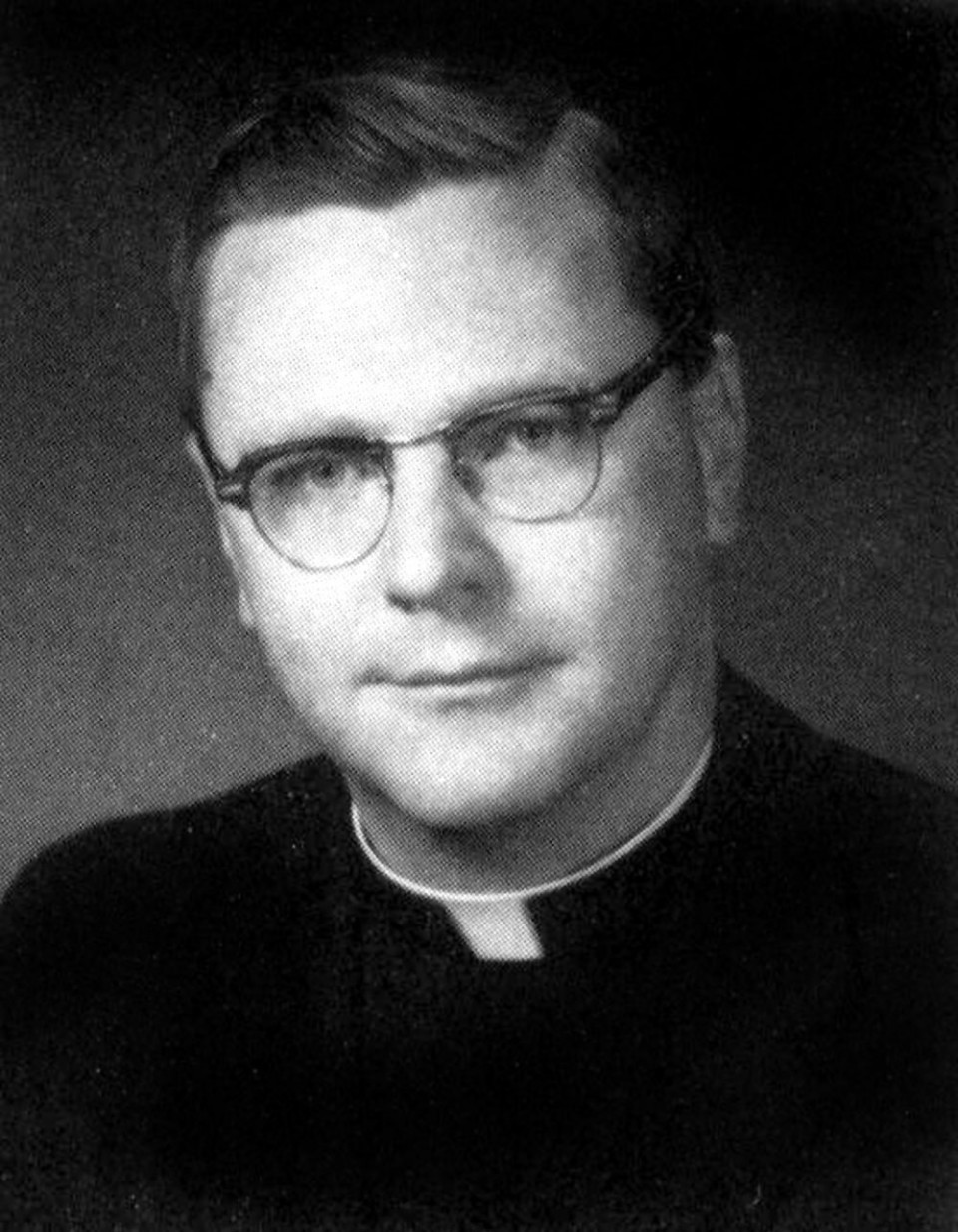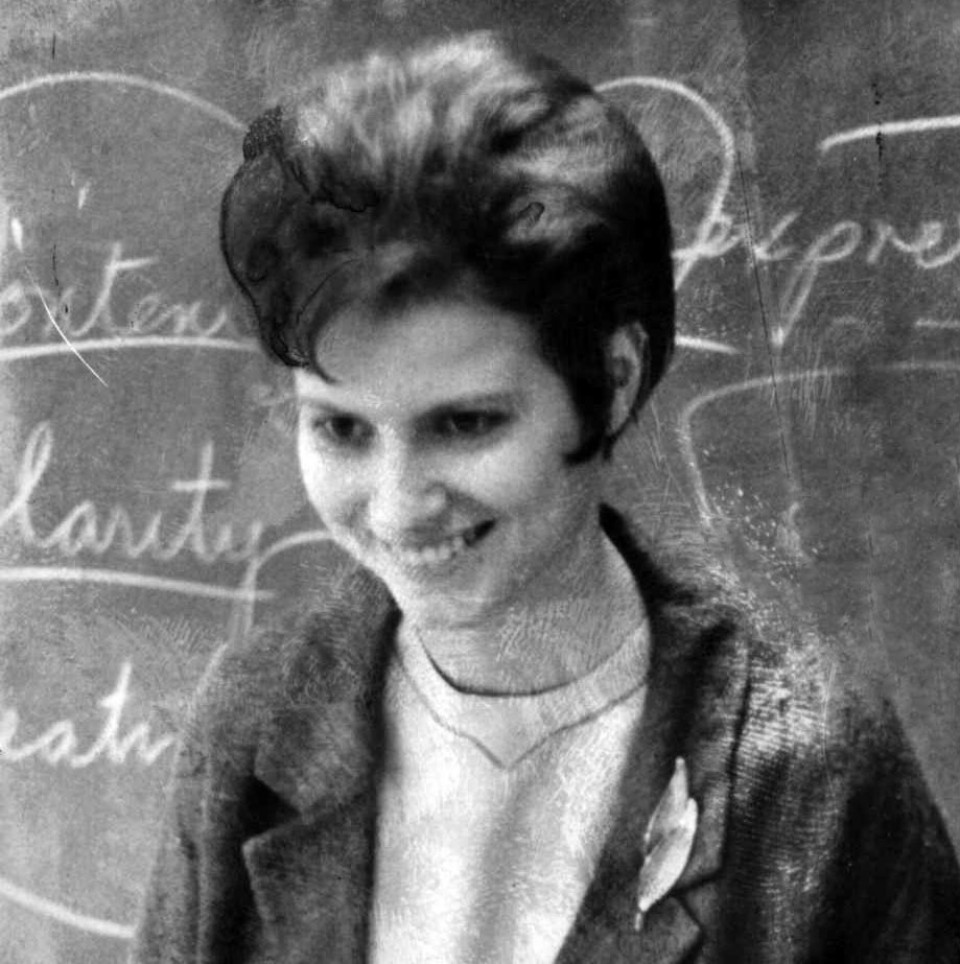Decades after a Nun Was Slain, Police Exhume a Priest’s Body. This Cold Case Is Netflix’s Latest Mystery.
By Tom Jackman
The body of a Catholic priest from Baltimore, whose sexual assaults on teenage girls in the 1960s and 1970s caused the Archdiocese of Baltimore to pay out a dozen settlements last year, has been exhumed by Baltimore County police still trying to solve the 1969 slaying of Sister Catherine Ann Cesnik, police said Thursday. Cesnik’s death has long been one of Baltimore’s most puzzling homicides, and is the focus of a new documentary series, “The Keepers,” to be released on Netflix on May 19. The longtime suspect in her death is the Rev. A. Joseph Maskell, who was the chaplain at Archbishop Keough High School in Baltimore and also a chaplain for the police in both Baltimore city and county. He was removed from priestly duties in 1992 when allegations of sexual abuse against him were first made to the church, he fled the country in 1994, and was never charged with a crime before his death in 2001. Baltimore County police spokeswoman Elise Armacost said Thursday that detectives had been working actively on the case for the past four years, in part because of continuing tips about sexual abuse at Keough, and that the timing of the exhumation of the body on Feb. 28 was not related to the Netflix documentary. “As part of the effort to leave no stone unturned,” Armacost said, “our homicide detectives asked the state’s attorney to approve an order to exhume the body of A. Joseph Maskell so we could take a DNA sample and work up a DNA profile to see if it would match remaining evidence” in the Cesnik case. “If it does, it’s a huge step in this investigation.” Armacost said police are also investigating whether Cesnik’s death is related to the deaths of three other young women in the Baltimore area — Grace Montanye, Joyce Malecki and Pamela Conyers — who were last seen at shopping centers, as Cesnik was. “Sister Cathy was a nun,” Armacost said. “So the theory that she was killed because of something she knew in the Catholic Church was something we’ve been looking at. However, we’ve never proven that’s why she was killed. So there are other theories we are looking at as well.” Joanne Suder, an attorney for many of the survivors of Maskell’s sexual abuse, said a number of her clients had been cooperating with police, and she had “noticed a major uptick in their energy in the past year.” Suder added, “If law enforcement, in general, had done their job back in 1970, they’d have brought Maskell in then. And gotten all the evidence, without an exhumation autopsy in 2017.” She said there were other suspects in the case of Cesnik, and alleged that police officers were involved in the sexual abuse of Keough students back in the 1960s and ’70s.
Cesnik was 26, a thoughtful and popular nun who had taught English at Keough, when she disappeared in November 1969. The search for her was closely followed by the local media, and her body was discovered by hunters in the Lansdowne area of Baltimore County, just over the line from southwest Baltimore City, on Jan. 3, 1970. An autopsy determined she had died from blunt force trauma to the head. Cesnik had been a member of the School Sisters of Notre Dame since she was 18 and lived at the order’s convent, but showed her rebellious side by requesting in 1969 to live outside the convent. Her request was denied, but she and another nun moved out anyway, and Cesnik began teaching at Western High School. Keough students visited her and said they thought that she was aware of Maskell’s abuses, according to interviews they have given over the years. On the night of Nov. 7, 1969, Cesnik drove to Catonsville to cash a check, went to a bakery in the Edmondson Village Shopping Center and wasn’t seen again. Her green Ford Maverick was found not far from her southwest Baltimore apartment in a no-parking zone. Baltimore City police began working the case and zeroed in on suspects in the Catholic Church, leading to allegations that diocese leaders pressured the police to back off, which the church has always denied. The case was taken over by Baltimore County police when Cesnik’s body was found there two months after her disappearance. The slaying had gone cold until 1992, when one victim, Jean Wehner, reported her abuse at Maskell’s hands to the Baltimore archdiocese. A spokesman for the archdiocese told the Huffington Post in 2015 that Maskell was removed from the ministry later that year. He was then the pastor of Holy Cross Church in Baltimore. Then in 1994, Wehner told Baltimore police that Maskell had taken her to see Cesnik’s body back in 1969, to show her what happened to people who crossed him. Baltimore County police questioned Maskell, who denied committing any crimes. He fled to Ireland without the archdiocese’s knowledge in 1996, the archdiocese spokesman said. Wehner and Teresa Lancaster, who went public in a 2015 article in the Huffington Post, sued Maskell, Keough, the archdiocese and the archbishop in 1994, alleging that Maskell raped and otherwise abused them, and that the church allowed it to happen. But the case was filed more than three years after the women had reached their 18th birthdays, the statute of limitations for civil claims by juveniles in Maryland, and the case was thrown out. The criminal statute for sex crimes also had expired, but there is no statute of limitations for murder. Wehner, Lancaster and other Maskell victims began to meet, discuss the Cesnik murder and work together to gather information on the case. After the Catholic Church’s sexual-abuse scandal erupted in the early 2000s, the women hired Suder and Sheldon Jacobs to approach the Baltimore archdiocese about Maskell. Jacobs said that one member of the group, who wasn’t a victim, wrote a letter to Archbishop William E. Lori in September 2015 asking for his perspective on Maskell. Jacobs said that Lori responded within a month, thanking the woman for her efforts to “bring about healing for those who suffered abuse at the hands of Joseph Maskell.” Lori’s letter also stated, “I deeply regret the pain caused by Joseph Maskell’s heinous, evil and sinful actions and continue to pray for those who suffered abuse by him.” A total of 13 women, including 12 last year, received settlements from the archdiocese, Jacobs said Thursday, in amounts ranging from $25,000 to $50,000, as well as payments for counseling, even though the statute of limitations had long lapsed. “It became a healing process for a number of them,” Jacobs said of the settlements reached in 2016. “Quite a few of them thought it was a cathartic experience.” Armacost said exhuming a body was a rare move by police, but detectives “felt it was just a step that needed to be taken in this case.” She said testing of the DNA is expected to be available in about six weeks.
|
.
Any original material on these pages is copyright © BishopAccountability.org 2004. Reproduce freely with attribution.

